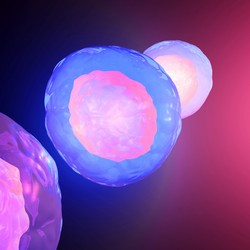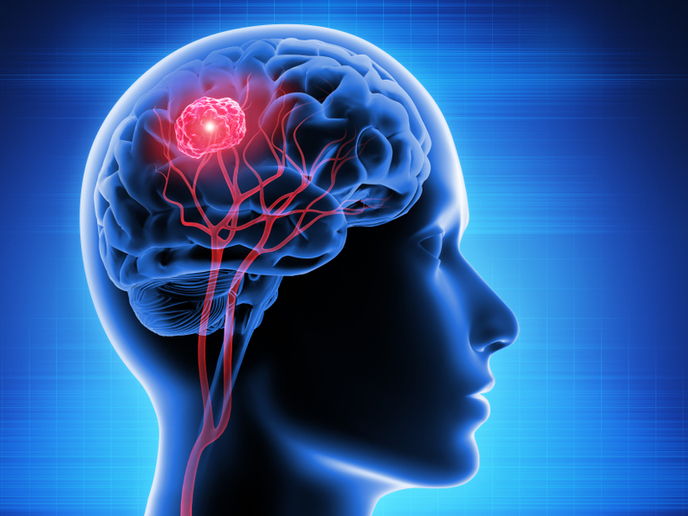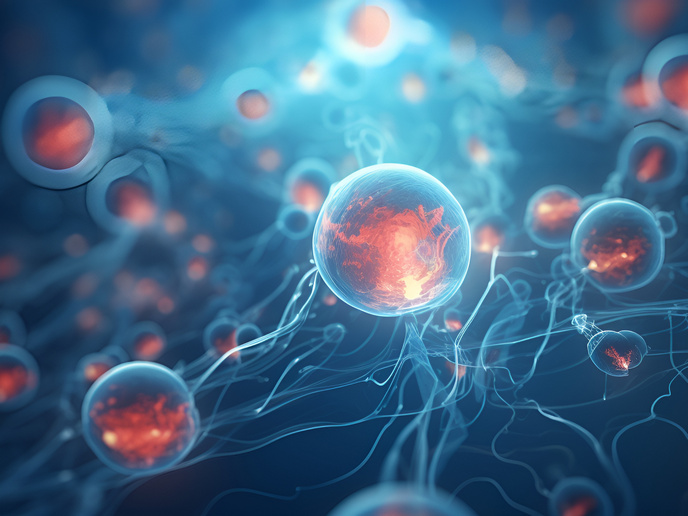Nuclear architecture in cancer
Despite the importance of the nucleus in the biology of the cell, the control of nuclear morphology and its relationship to malignancy are still poorly understood. The EU-funded ACTINNUCLSHAPECANCER (Role of nuclear architecture in cancer development) project aimed to investigate the mechanisms responsible for nuclear dysmorphia and their impact on genome integrity. The work concentrated on the cytoplasmic actin and myosin network and the implication of various genes in nuclear shape. Depletion of specific genes induced nuclear shape changes and rupture, without however, leading to apoptosis. Researchers observed that partial loss of nuclear envelope integrity, through the deletion of specific nuclear proteins, caused exchange of nucleo-cytoplasmic content and formation of actin bundles in the perinuclear region. This was indicative of contractile forces surrounding the nucleus that could break the nuclear lamina. Interestingly, nuclear rupture and DNA leakage were not only in vitro phenomena, but could be observed in vivo in the context of a primary tumour. In vivo inhibition of the actin-myosin apparatus demonstrated a reduction in dynamic nuclear deformation. Furthermore, researchers observed that perturbations of nuclear shape increased DNA double-strand breaks and the frequency of abnormal chromosomes. This finding suggested that an increased actin-myosin force could cause genomic damage and could also translate into an altered sensitivity to chemotherapeutic drugs. Taken together, the activities of the ACTINNUCLSHAPECANCER study underscored the importance of nuclear architecture and shape in genome stability. Delineation of the implicated mechanism could aid in determining novel anti-cancer targets or developing intervention strategies to revert nuclear shape and function.







